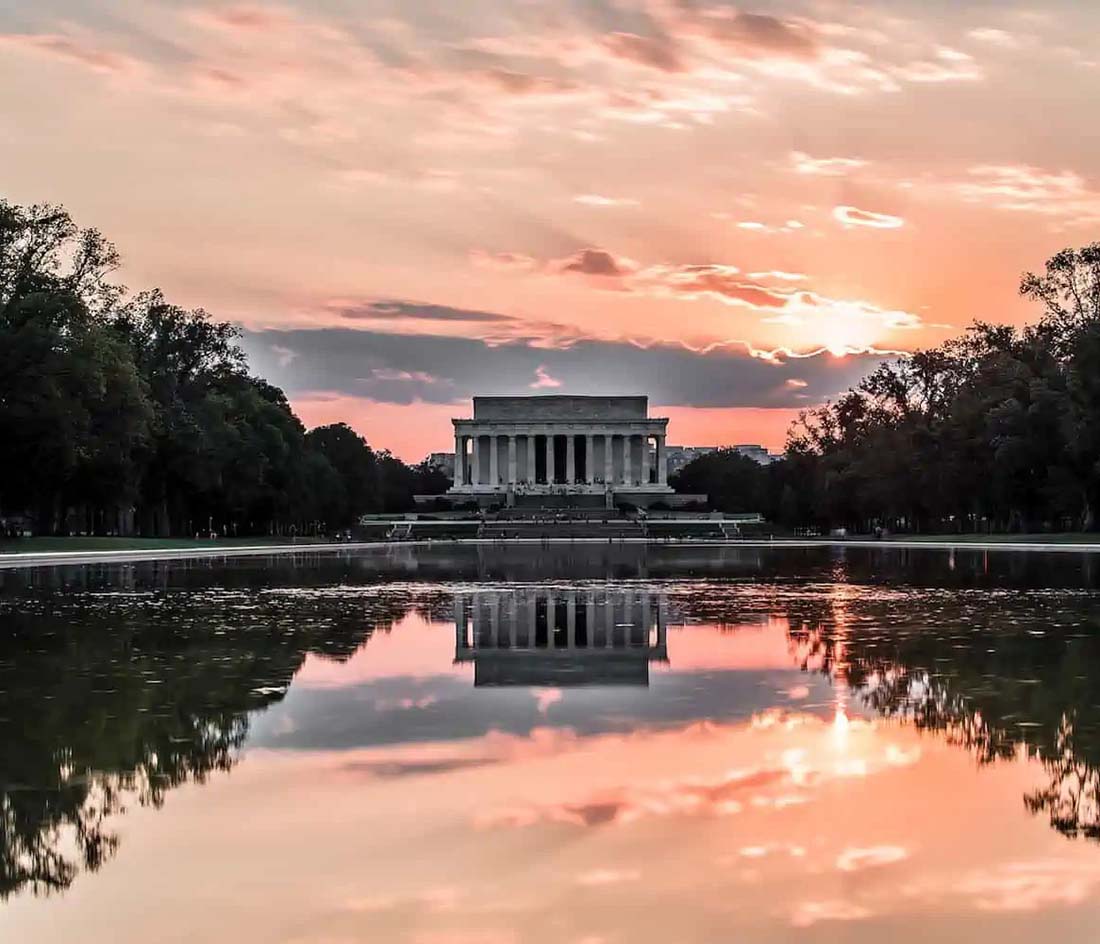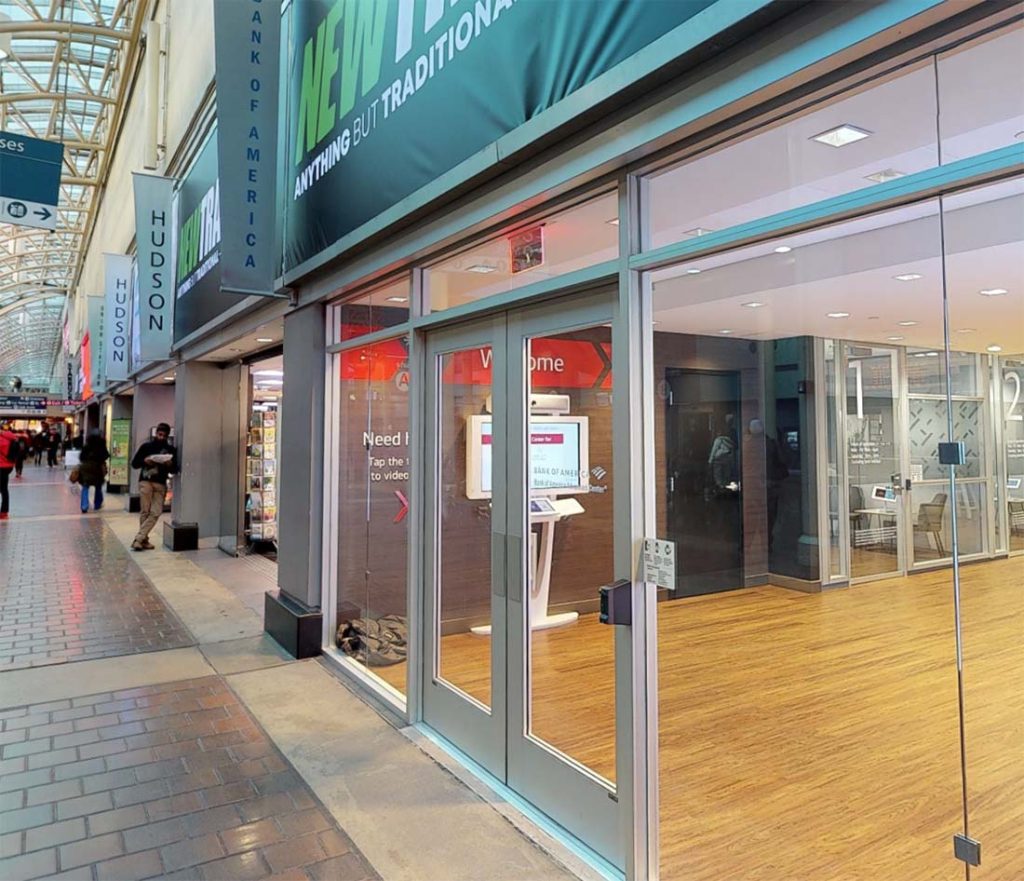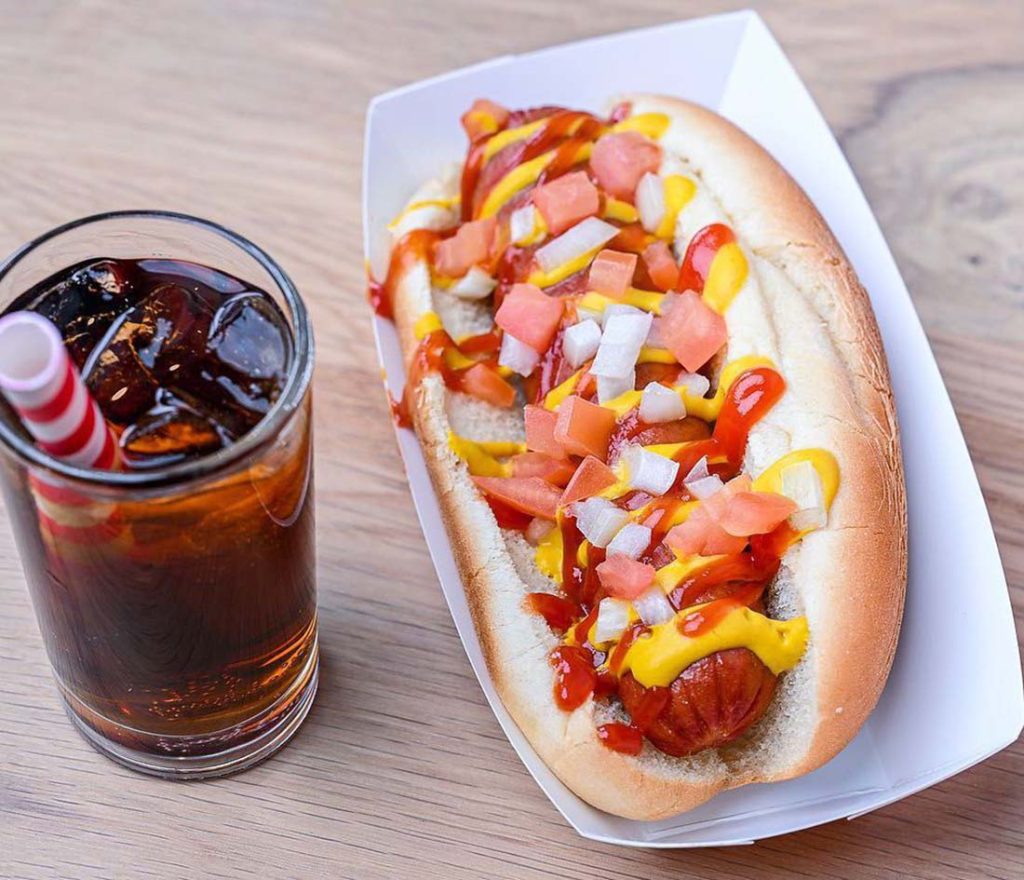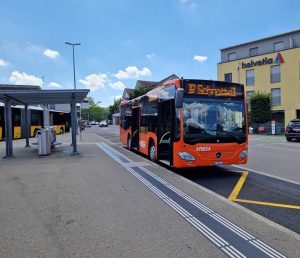
Washington, D.C. has always fascinated me, a city where history, politics, and culture converge in a symphony of experiences. I decided it was time to dive deep into this vibrant capital. This blog will walk you through my journey, from preparation and travel tips to local etiquette, notable attractions, and culinary delights.
Preparing for the Trip
Travel Gear and Essentials
For this trip, I packed my trusted travel gear, which included:
– A lightweight, weatherproof backpack: Perfect for carrying daily essentials while exploring.
– Comfortable walking shoes: Washington, D.C. involves a lot of walking, especially around the National Mall.
– A travel guidebook and maps: Even in the digital age, I find having a physical guidebook handy.
– A reusable water bottle: Staying hydrated is key, and there are plenty of refill stations around the city.
– Camera and accessories: To capture the beautiful architecture and memorable moments.
– Portable charger: Essential for keeping my phone and camera powered throughout the day.
Appropriate Attire
Washington, D.C. experiences four distinct seasons, so packing accordingly is crucial. Since I visited in the spring, my wardrobe included:
– Light layers: The weather can be unpredictable, with cool mornings and warmer afternoons.
– A waterproof jacket: Spring showers are common.
– Comfortable jeans and casual shirts: Suitable for both sightseeing and dining out.
– A pair of sunglasses and a hat: To protect against the sun during outdoor activities.
Currency Exchange and Local SIM Card
Washington, D.C. uses the U.S. dollar, so if you’re coming from abroad, it’s a good idea to exchange some currency before arriving. However, ATMs are widely available, and credit/debit cards are accepted almost everywhere.

For staying connected, I purchased a local SIM card. Upon arrival, I visited a T-Mobile store, where I picked up a prepaid SIM card. The process was straightforward: I provided my passport, chose a plan that suited my data needs, and was set up in minutes. This made navigating the city and staying in touch with friends and family much easier.
Local Etiquette and Cultural Insights
Observing Local Etiquette
Understanding and respecting local customs and etiquette is essential for any traveler. In Washington, D.C., I observed several key practices:
– Punctuality: Whether meeting someone for a business appointment or a casual get-together, being on time is valued.
– Politeness: Washingtonians appreciate politeness. Simple gestures like saying “please” and “thank you” go a long way.
– Quiet Zones: In certain areas like museums, the metro, and memorials, it’s important to keep your voice down to maintain a respectful environment.
– Tipping: Tipping is customary in the U.S. A standard tip is 15-20% at restaurants, $1-2 per drink at bars, and similar amounts for services like taxi rides and hotel housekeeping.
Personal Experiences with Local Etiquette
During my stay, I had a few experiences that highlighted the importance of understanding local customs. For instance, while visiting the Lincoln Memorial, I noticed the quiet and reflective atmosphere. Families and individuals were silently paying their respects, and I followed suit, taking a moment to reflect on the history and significance of the place.
At a local café, I experienced the renowned American hospitality. The barista, noticing I was a tourist, engaged in a friendly conversation, offering recommendations for nearby attractions and even giving me a discount on my coffee. This small act of kindness made me feel welcomed and appreciated.
Must-Visit Attractions in Washington, D.C.
1. The National Mall
Projects and Features
The National Mall is a sprawling park in downtown D.C. that houses many of the city’s iconic landmarks. This includes the Washington Monument, the Lincoln Memorial, the U.S. Capitol, and numerous museums of the Smithsonian Institution.
How to Get There
The National Mall is easily accessible via the Metro. I took the Blue Line to the Smithsonian Station, which drops you right in the heart of the Mall. Alternatively, several bus routes and bike-sharing stations are available.
Tips and Notices
– Wear comfortable shoes: The Mall is vast, and you’ll be doing a lot of walking.
– Bring water and snacks: While there are vendors around, having your own supplies can save time and money.
– Plan your visits: Some attractions, like the Capitol and certain museums, require timed entry tickets, which can be booked in advance.
2. The Smithsonian Museums
Projects and Features
The Smithsonian Institution is a group of museums and research institutions. Highlights include:
– The National Air and Space Museum: Features exhibits on the history of aviation and space exploration.
– The National Museum of American History: Showcases the cultural, social, and political history of the United States.
– The National Museum of Natural History: Home to fascinating exhibits on the natural world, including the Hope Diamond.

How to Get There
Most of the Smithsonian museums are located on or near the National Mall. Using the Metro, the Smithsonian Station on the Blue and Orange Lines is your best bet.
Tips and Notices
– Admission is free: All Smithsonian museums offer free entry, but donations are appreciated.
– Security checks: Expect to go through security screening, so pack light to expedite the process.
– Plan for time: Each museum is extensive. If you’re short on time, prioritize the exhibits you most want to see.
3. The U.S. Capitol and Capitol Hill
Projects and Features
The U.S. Capitol is not only a working government building but also a symbol of American democracy. Nearby attractions include the Library of Congress and the Supreme Court.
How to Get There
The Capitol South Station on the Blue, Orange, and Silver Lines is the closest Metro stop. From there, it’s a short walk to the Capitol.
Tips and Notices
– Book tours in advance: Guided tours of the Capitol are free but require reservations, which can be made online.
– Explore the grounds: The Capitol Grounds are beautifully landscaped and offer great photo opportunities.
– Respect the rules: There are strict security protocols in place, so follow all guidelines and instructions from security personnel.
4. Georgetown
Projects and Features
Georgetown is one of D.C.’s oldest neighborhoods, known for its cobblestone streets, historic buildings, and vibrant shopping and dining scene. Key attractions include the Georgetown Waterfront Park and the C&O Canal.
How to Get There
While there’s no direct Metro stop in Georgetown, you can take the Circulator bus from downtown D.C. or a short taxi/Uber ride. Alternatively, it’s a scenic walk from the Foggy Bottom-GWU Metro Station.
Tips and Notices
– Explore on foot: Georgetown’s charm lies in its walkability, so take your time to wander and discover hidden gems.
– Try local eateries: Georgetown has some of the best dining options in D.C., ranging from upscale restaurants to casual cafes.
– Visit in the evening: The area is beautifully lit at night, making for a romantic and picturesque stroll.
Street Food and Safety Tips
Popular Street Foods
Washington, D.C. is a melting pot of cultures, and its street food scene reflects this diversity. Here are some must-try options:
– Half-Smoke Sausages: Often referred to as D.C.’s signature dish, these are spicy, smoky sausages served with a variety of toppings. Check out Ben’s Chili Bowl for an iconic experience.
– Food Trucks: From Korean BBQ tacos to Ethiopian sambusas, the food trucks in D.C. offer a global culinary journey. Popular spots include Farragut Square and the area around Union Station.
– Pretzels and Hot Dogs: Classic street food that’s perfect for a quick bite while exploring.

Food Safety Tips
When enjoying street food, keep these safety tips in mind:
– Choose busy vendors: High turnover usually means fresher food.
– Check cleanliness: Ensure the vendor’s area is clean, and they follow proper food handling practices.
– Stay hydrated: Carry a water bottle to stay hydrated, especially in the summer heat.
Planning Your Trip
Itinerary and Budgeting
Creating a well-planned itinerary can help you make the most of your visit to Washington, D.C. Here’s a sample plan:
– Day 1: Arrive, check into your hotel, and explore the National Mall.
– Day 2: Visit the Smithsonian Museums.
– Day 3: Tour the U.S. Capitol and explore Capitol Hill.
– Day 4: Spend the day in Georgetown, enjoying the shops and waterfront.
– Day 5: Relax and enjoy any missed attractions or revisit favorites.
Budget Tips
Traveling on a budget in D.C. is feasible with some smart planning:
– Accommodation: Choose budget-friendly hotels or hostels. Look for deals and book in advance.
– Transportation: Use the Metro and buses instead of taxis. Consider getting a Metro pass for unlimited travel.
– Food: Enjoy affordable meals at food trucks, local diners, and casual eateries.
– Attractions: Many major attractions, including the Smithsonian museums, are free. Plan your visits accordingly.
Travel Insurance
Having travel insurance is crucial for peace of mind. It can cover unexpected medical expenses, trip cancellations, lost luggage, and other unforeseen events. I recommend comparing policies from providers like World Nomads, Allianz, or your credit card company to find the best coverage for your needs.
Washington, D.C. is a city that offers something for every traveler, from history buffs and culture enthusiasts to foodies and adventurers. My journey through the capital was filled with unforgettable experiences, from exploring the iconic landmarks of the National Mall to savoring the diverse culinary delights.





